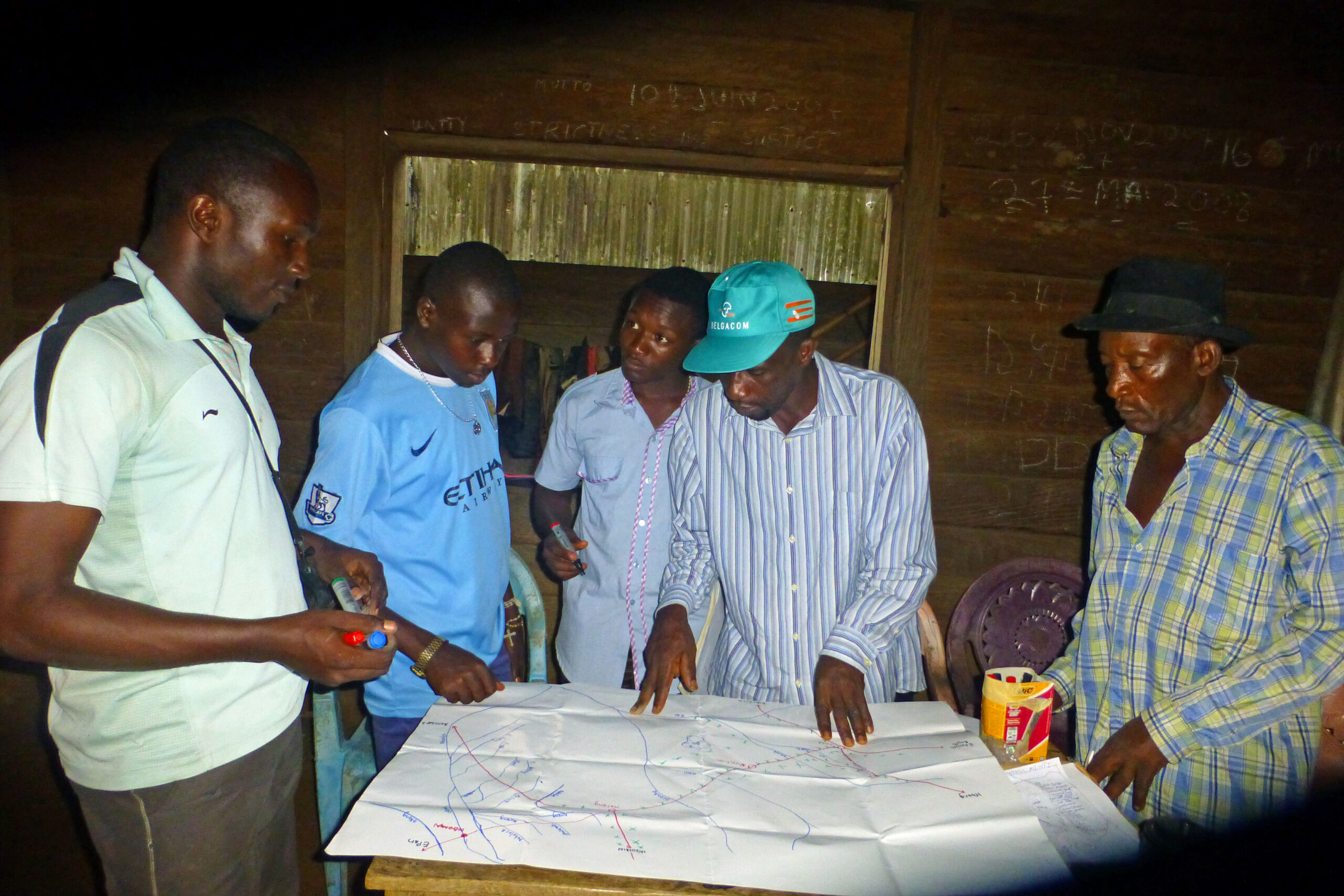The Congo Basin forest is the second largest tropical forest and the third largest forest in the world. This forest is considered as one of the most important ecological zones in the world with over 10,000 species of plants, 1000 species of birds, 500 species of fishes and over 500 variety of mammals. Hence, it produces substantial financial resources for states in the region including Cameroon.
In Cameroon, the government launched ‘Vision 2035’ which aims at bringing development to the country via the industrialization of Cameroon’s economy. Within this context, there exists a combination of several factors that place additional pressure on forest lands such as: the development of large scale agricultural projects.
Also, mining projects have resulted in the industrial logging of 7 million hectares of forest. This negatively affects the forest communities as they largely depend on forest resources for their livelihood. Also, the Vision 2035 does not make reference to the special circumstances of forest communities and does not put forth a strategy to support their rights to land.
To address this, Forêts et Développement Rural (FODER) in collaboration with Ajemalebu Self Help (AJESH) and Rainforest Foundation UK, have de veloped the Mapping and Forest Governance project. The project seeks to document the land tenure and traditional systems of management of the forest communities, contribute to poverty reduction through the sustainable management of natural resources and promote forest community’s rights to land. It is a highly participatory exercise that involves forest communities in 56 villages in Cameroon. Hence, this participatory mapping process will serve as a tool for advocacy in planning policies on land use in Cameroon.
The project is funded by DFID and targets the mapping of 56 villages within the Kupe Mouanenguba division of the South West region of Cameroon. This area is covered by a large density of forest which is being exploited to the detriment of the forest communities living in and around the forest.
The goal of the project is to alleviate poverty and support communities defend their rights to land as well as promote effective forest governance within the Congo Basin forest area.
To achieve the above mentioned goals, the project seeks to:
- Provide a real-time monitoring system of illegal logging and develop initiatives for national level monitoring of timber exploitation to respect rights and laws;
- Document problems faced by the communities as a result of the exploitation of timber in their area and make a follow up aimed at using the project data to help in legislative processes relating to assignments and use of forest land; and
- Document customary land tenure of the forest communities.
The participatory mapping exercise started with a systematic collection and analysis of relevant information. This will serve as a base to develop a strategy to provide support for local communities within this area to be able to defend their rights to land and other natural resources.
The production of these maps has been beneficial in the following ways:
- It allowed the participation of forest communities in the policies and reform processes at local and national level and facilitates the recognition of community’s rights.These maps serve as a power bargaining tool and recognition of traditional communities’ living space.
- They provide administrative authorities with information on land occupation and use by local communities.
- The maps provide decision makers such as parliamentarians with justifications and development oriented based on the expectations of the communities and the realities they are facing.
- It has also helped to increase ownership and understanding of issues related to the occupation and use of land.
Participatory Mapping is an inevitable process in the strive to achieve effective forest governance. Mapping helps in documenting the customary land tenure of forest communities as well as the problems they face as a result of existing programs such as agro-industrial activity, timber exploitation, mining among others. It also give them a significant opportunity to add their voices to the management of vital natural resources, especially the forests, that they live on; hence, enabling them to be key actors alongside other stakeholders that contribute to the sustainable management of the forest and its resources.

